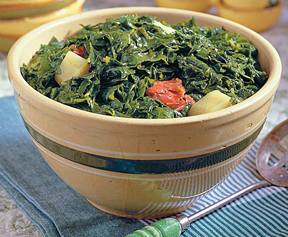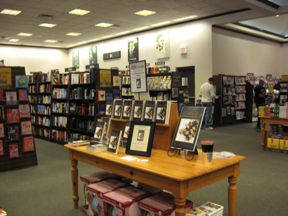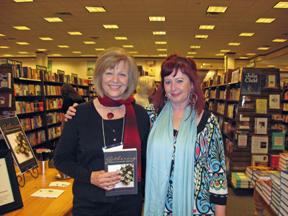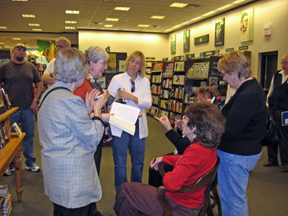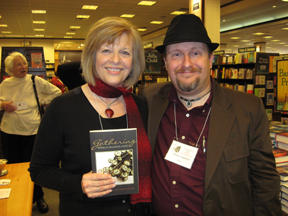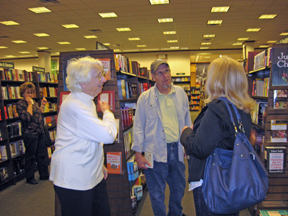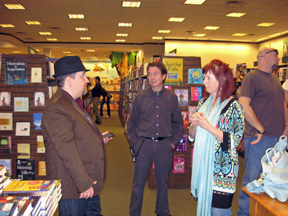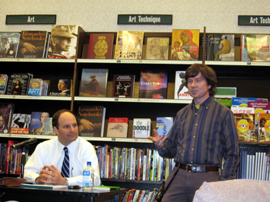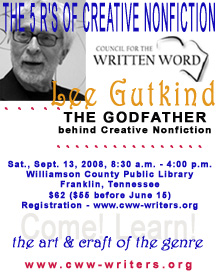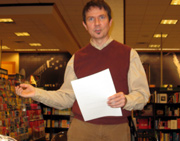What do I really want to do? After I finished the memoir of loss, grief, and rebuilding, I was spent. I had pulled up my soul again and again and again in the writing and editing process. I walked through the darkness and dwelt there as I lay words across the page.
Writers write.
I haven’t been writing. Well, maybe a blog piece here and there and once, what I perceived as a first chapter of a book. And professionally, I am writing a book on writing, so that should count for something. But it doesn’t satisfy that innate need to see the world in a unique way, to see a story, to see something that strikes me as being significant and memorable. I need to figure this out because it is bugging me.
Maybe I want to return to what I started out doing—personal essays, little stories about things I encounter. Stories about family, place, the past, nature around me. Stories that are nostalgic, thought provoking, soothing; stories that bring a smile and a nod.
Years ago, when I first started sharing my work at Barnes and Noble monthly writers open mic nights, Robbie Bryan, Community Relations Manager, led me to the stacks and pulled out a book titled Due South by R. Scott Brunner—Memoir/Essay. “This is what you’re doing,” he said. “Buy it, read it. You could publish a collection like this.” Hence, Pink Butterbeans, my collection of fifty stories. (Yep. Wacky title. I wanted something feminine and Southern. My husband helped me brainstorm title possibilities on a trip all the way to Boone, North Carolina. He didn’t like this one, but I picked it—pun intended—and I’m still glad I did.)
Brunner has titles like “Mother’s Greasy Bible,” “The ‘Bless Your Heart’ Rules,” and “Turnip Greens at 33,000 Feet.” Brunner says the South is “not a region, not lines on a map, not stereotypes of belles and bubbas and poverty and racism, but a sense of place. It’s an understanding of who we are; it’s a recollection of the past and a genuine hope for the future; and it’s a set of more widely held attitudes of kindness and civility and appreciation.”
I have titles like “Grandpa’s Watermelon Patch,” “Opa Boof’s Chocolate Chess Pie,” and “Grandma’s Porch.” I say, “Time spent on Grandma’s front porch after vigorous play was a serendipitous part of becoming whole. Time spent in a slowed-down world. Time to think and observe, to fit into the scheme of extended family, to mesh activity with reflection. Becoming happens in the quiet reflective phase . . .
“I yearn for the peace I knew back then. I yearn for time—simple, still, suspended. I yearn to be cocooned at Grandpa’s knee, mesmerized by his slow rocking and tales told in a slow, Southern drawl. To return once again to the summers of yesteryear on Grandma’s front porch.”
Maybe I need to go home again.

